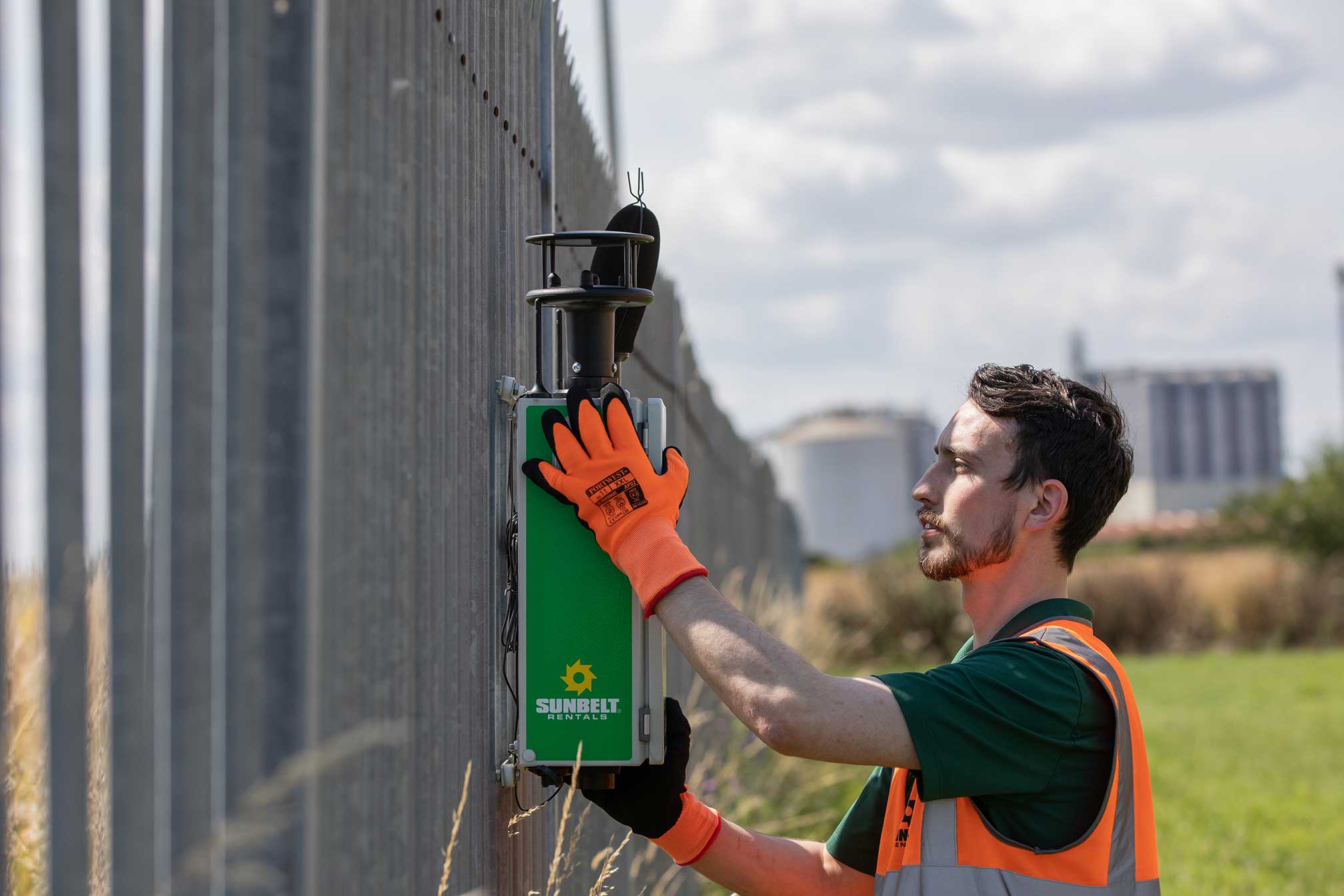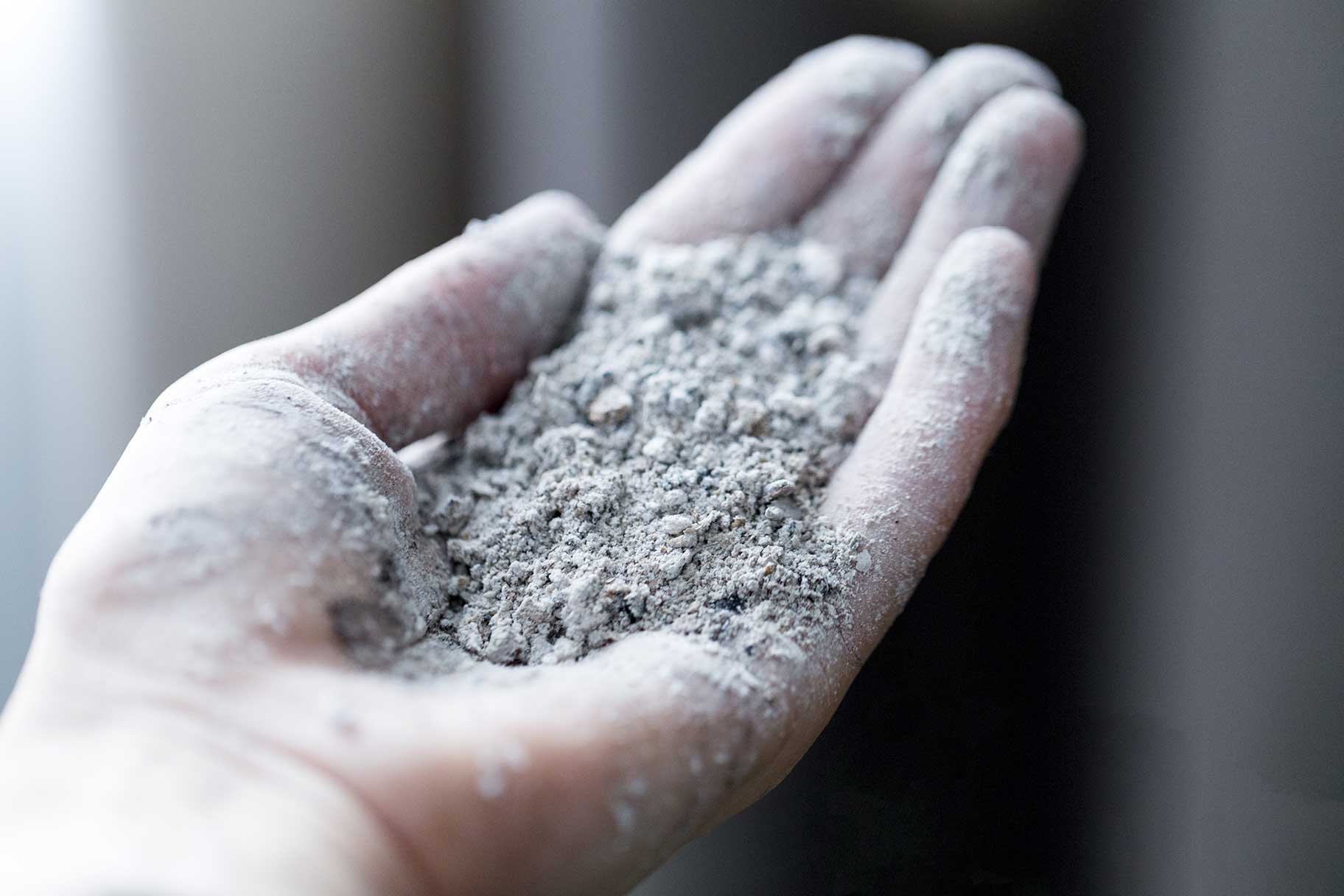The Importance of Effective Dust Control Solutions
blog 18 Nov 2021
Dust is generated from many common construction tasks such as cutting, drilling, grinding and polishing. Some of this dust is fine enough to get deep into the lungs of construction workers. Known as respirable crystalline silica (RCS) or silica dust, it’s too fine to see with normal lighting.
According to the Health & Safety Executive (HSE), silica dust is the next biggest risk to construction workers after asbestos. Heavy and prolonged exposure to silica dust can cause lung cancer and other serious respiratory diseases. It’s said to be responsible for the death of hundreds of construction workers every single year.
You can read more about the risks to long-term health in our blog HERE and the methods of dust monitoring available HERE.
Consultation is crucial
In this third dust blog, we consider the factors that need to be taken into consideration when controlling dust and the solutions available. It’s important to consider that there isn’t a ‘one size fits all’ solution and it is always advisable to consult with a dust control equipment specialist.
Before a dust control solution is selected, the work being carried out must always be reviewed. Identify the hazard, consider the users’ exposure to dust and the contact time, the working periods and how dust will migrate from the place of works. These factors will all help to identify the best control measure.
Containment
The next step would be looking at whether we can contain the area, to prevent migration of airborne hazards and protect sensitive areas. It’s far easier to control a smaller area than a larger one, so if there is any action to be taken in order to reduce the working space, this should be carried out. It is also worth considering whether any adjacent areas need additional protection.
The contained area should be under negative air pressure, considering where dust will travel immediately from the source and achieve the correct air changes for the collection of fine dust particulates.
Capture
When using ventilation controls as a protection measure, both on-tool extraction and ambient filtration should be in place to maximise the effectiveness for capture of dust.
On-tool extraction, such as our DC2900 VAC, will collect the immediate, coarser materials that will be emitted from the tool or machine, while the ambient filtration - normally fitted with a hood and high in pressure - will ensure that fine respirable dust, which can remain suspended for hours after becoming airborne, is captured imminently.
The closer the position of capture, the more successful the control. The hood is an important part of the dust extraction set-up as it increases the surface area and position to the hazard.
Protecting workers
When operatives are carrying out tasks, it’s crucial that all correct RPE (Respiratory Protective Equipment)/PPE (Personal Protective Equipment) is worn. There are many types of RPE designed to protect the wearer from hazards such as dust, and equipment suppliers such as Sunbelt Rentals can carry out face fit testing to ensure that your workers have correctly fitted RPE and are getting the maximum protection.
Regular checks and maintenance
Even though it’s crucial to select the correct dust control solution for the job in hand, what is equally important is to ensure that equipment is working properly every time. Use the pressure gauge (manometer) and monitoring to confirm the controls are working effectively. Is the ducting as straight as possible? Is leakage minimized with no turbulence or restriction of the air flow/velocity?
Once work has finished, it’s important to return clean air to the area so dust control units should be kept running for a period of time afterwards to ensure full ambient capture. Dust vacuum equipment should always be used to collect settled dust once work is complete, as suppressed dust can become airborne again once dry. Although actions such as sweeping up may appear low risk, it can push large amounts of dust into the air.
Dust control equipment
Sunbelt Rentals specialises in the rental of a wide range of dust control equipment and our experts can advise on the most suitable products to help reduce the risk. These include dust extraction equipment such as the DC2900 and the DC AirCube which comprises a two stage filtration system to remove fine dust particles and ensure improved air quality for workers.
Dust Suppression Units are also available. These pressurised water containers provide a mobile water supply and ensure clean, wet cutting without dust build-up. The range also includes Dust Extraction Units which are compact and easy to transport to sites. With high air flow performance and HEPA filters, they’re ideal for use during small demolition works, aggregate recycling or for the removal of tiles, plaster or paint.
For further information and advice, please contact our dust control experts today. There is also a wealth of guidance on the HSE’s ‘Dust Hub’ at https://www.hse.gov.uk/dust/index.htm to help employers control exposure to dust in the workplace.

 Open your account online within 24 hours
Open your account online within 24 hours  Nationwide, next day delivery available
Nationwide, next day delivery available  Over 200 locations near you
Over 200 locations near you 

